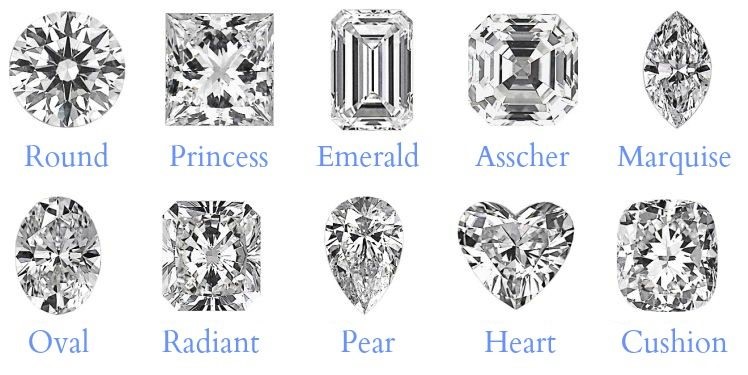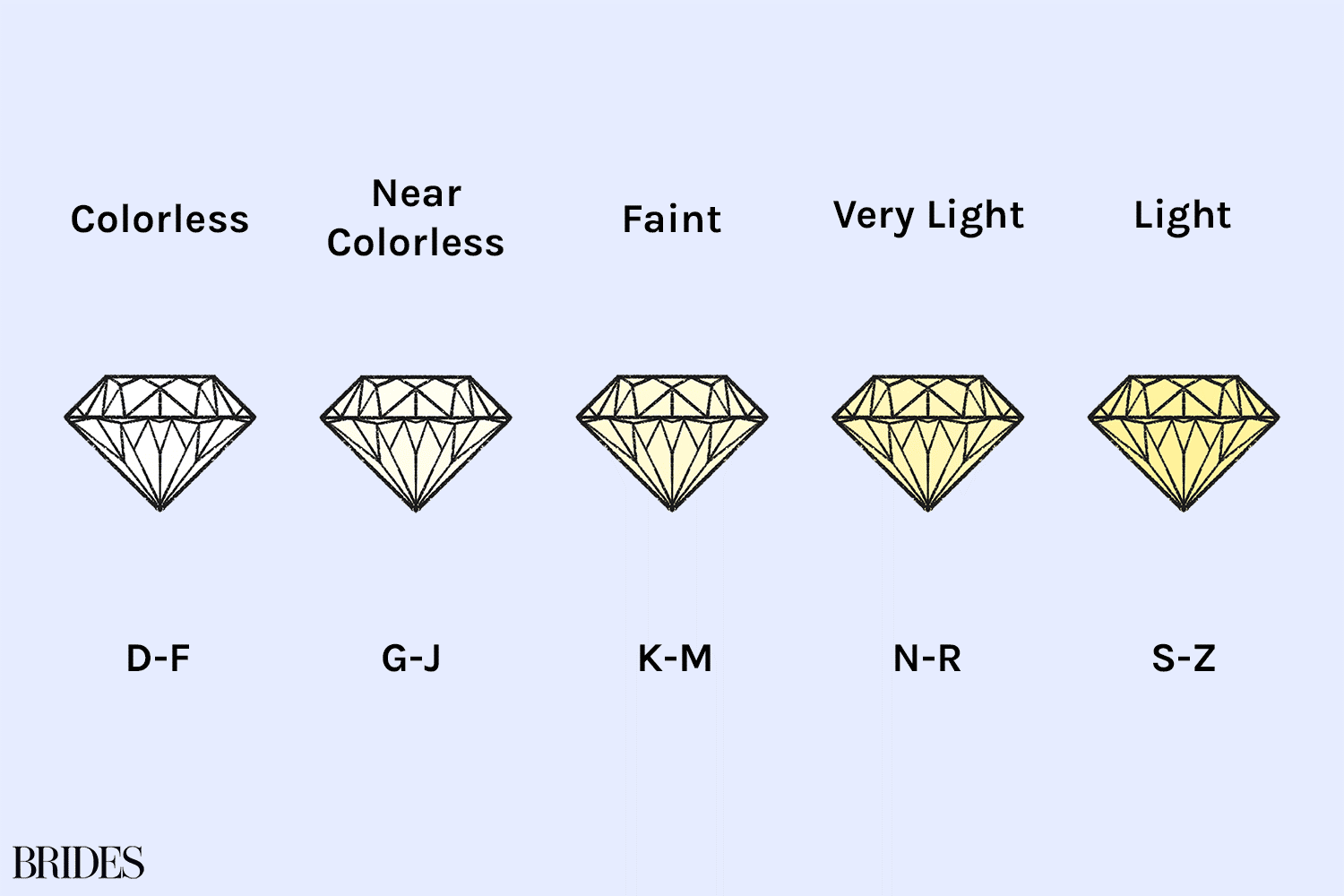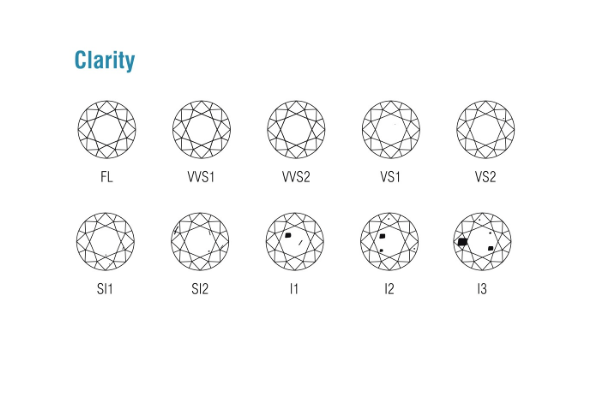Color, cut, clarity, and carat weight are the four main variables that define the quality of a diamond that has been faceted into a gem. The Gemological Institute of America established "The 4Cs of Diamond Quality" in the 1950s as a systematic technique of grading diamond quality. These four characteristics of a diamond are the most important factors that influence its appearance and structure. Within the diamond, the 4Cs interact with one another. They determine the appearance of the diamond as well as its quality.
Professionals assess the four diamond qualities on a standardized scale, providing you with a tool to analyze diamonds. You can better identify if a diamond is of good grade by looking at its 4Cs.

The beauty of a diamond is determined by the design and workmanship employed in its cutting. The ‘Cut' of a diamond is arguably the most essential component of its quality that influences its attractiveness. Diamond cut refers to the angles, dimensions, symmetrical facets, brilliance, fire, scintillation, and finishing elements of a diamond. These elements have a direct influence on a diamond's capacity to shine as well as its overall appearance. Perfectly polished stones are extremely reflecting and emit the most amount of fire. The size and form of the faceted faces that correspond are the same. Each faceted face's edges are precisely aligned with their neighbors.
Even if two diamonds have the same cut grade on the diamond cut table, the cuts of diamonds and diamond cutters differ substantially. When a cutter aims for maximum Carat weight, the diamond may be overly deep or shallow for best light reflection. A diamond may also be cut to reduce the amount of imperfections, enhancing its clarity but sacrificing maximum brilliance. Even an Ideal cut diamond might have an overly apparent yellow tinge that detracts from the gem's brilliance.
Because cut is so vital to a diamond's inherent beauty, it's critical to examine it carefully and seek the advice of a professional.

The majority of gem-quality diamonds are colorless to slightly yellow, brown, or gray in hue. Diamonds that are totally colorless are the most highly regarded and precious. These are the ones that sold for the most money. Another type of diamond gemstone, however, is gaining in favor. Colored diamonds come in a wide spectrum of colors, including red, pink, yellow, orange, purple, blue, green, and brown. Colored diamonds are valued depending on their color intensity, clarity, and quality. "Fancy-color diamonds" or "fancies" are those having a rich, vibrant hue. Colored diamonds are valued depending on their color intensity, clarity, and quality. "Fancy-color diamonds" or "fancies" are those having a rich, vibrant hue.
The grade of a diamond is generally reflected in its price, which can be substantial. Although the price difference between two nearby color graded diamonds may be substantial, the human eye cannot discern the difference in most situations. The most important element of Color is to see if it looks colorless in comparison to its surroundings. You also want to make sure that a diamond is free of any tinting that reduces or interferes with the reflection of white and colored light.

The Clarity grade of a diamond determines how free of imperfections and flaws it is. These detract from the gem's beauty and obstruct the flow of light. Dark hues, obvious locations, or sizes, when present in large numbers, will drastically impair the look of a cut stone and reduce its value. They can also weaken the stone's strength. Our first advice for clarity is to make sure the diamond is eye clean and that no imperfections are interfering with light reflection.
Examine the stone for cleanliness and seek confirmation from a professional. A certificate alone cannot tell you how imperfections on a diamond may affect its look and brightness.

Carats (a measure of weight equal to 1/5th of a gram or 1/142nd of an ounce) are used to sell diamonds. The term "carat" refers to the diamond's weight rather than its size. A 1 carat diamond weights roughly a quarter of a raisin and weighs 200 milligrams, or 0.2 grams. Two 1 carat diamonds can be considerably varied in size depending on their shape and how they are cut. Small diamonds are typically less expensive per carat than bigger diamonds of comparable grade. This is due to the fact that very small stones are quite abundant, whereas huge stones are extremely rare.
While carat weight is important when purchasing a diamond, the overall look and brightness should be prioritized. Choose a diamond with an Excellent or Ideal cut in the form you like rather than subscribing to a certain number on the diamond carat weight table.

